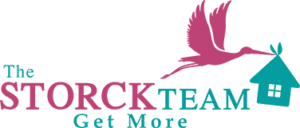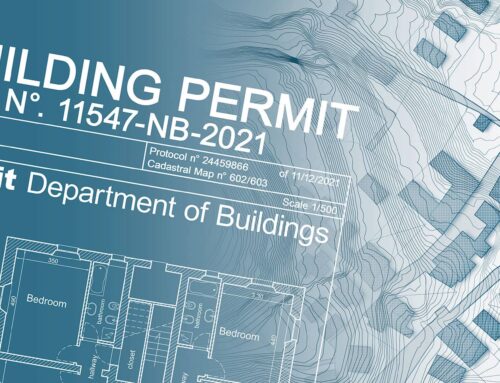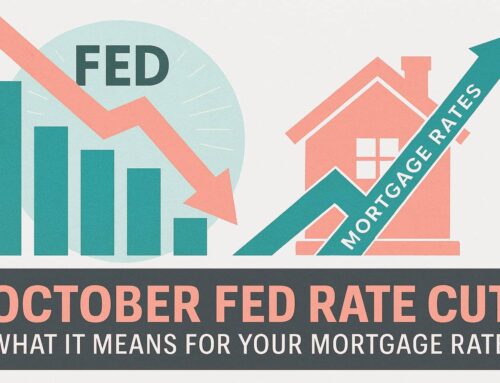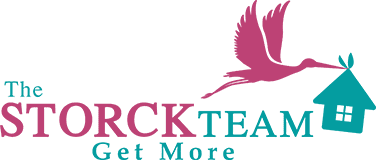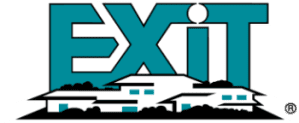What are the 3 Types of Reverse Mortgages?
Every older American who owns a home and cares about their finances has heard of reverse mortgages. You see reverse mortgages advertised on TV and billboards around your city but what is a reverse mortgage and how do they benefit homeowners?
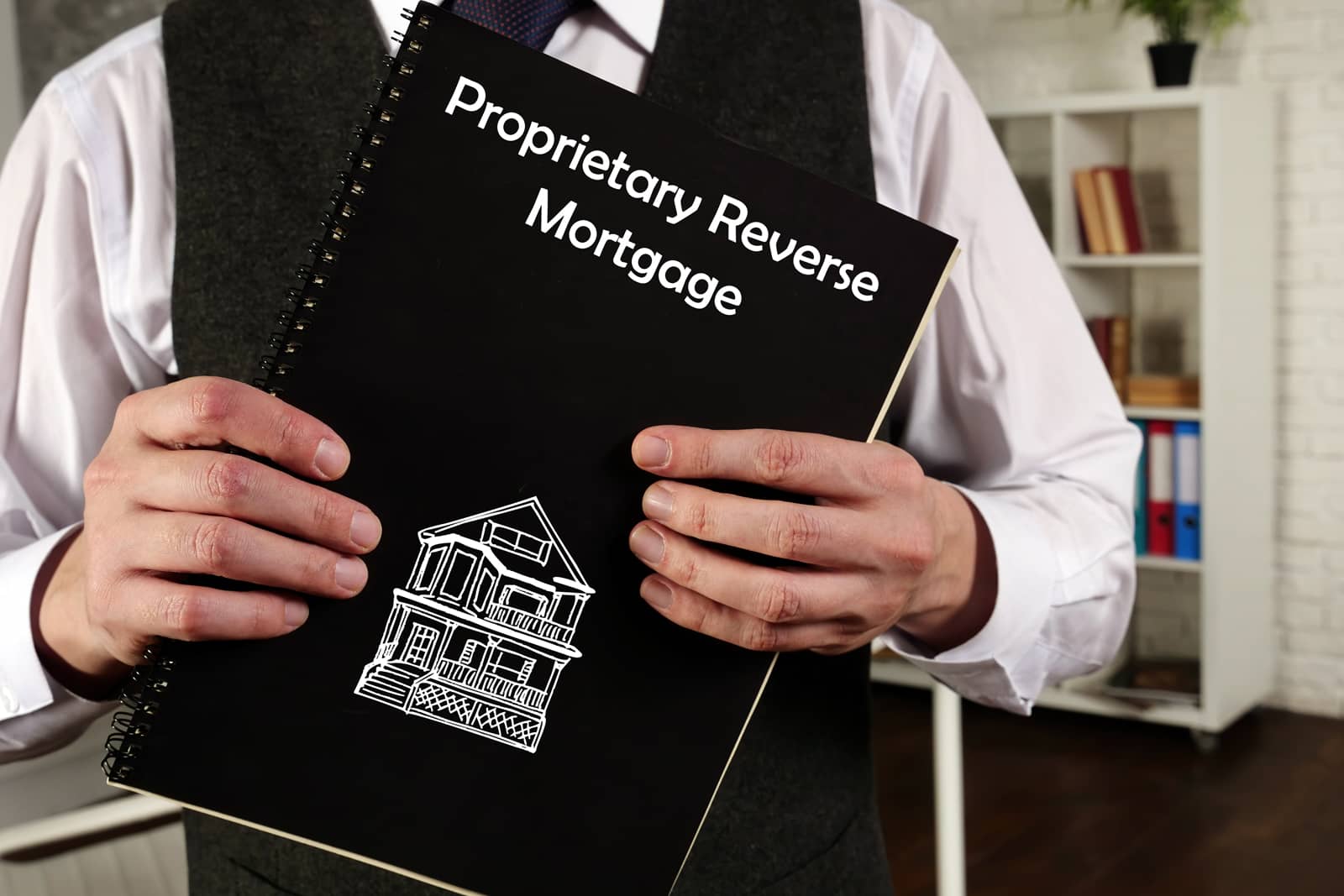
Reverse Mortgage Basics
A reverse mortgage is a residential mortgage loan for a property that allows homeowners to access the equity they’ve already put in the home. Think of your mortgage like a bank account, the more money you’ve put in, the more equity you have. There are many reasons homeowners use reverse mortgages including to pay for unexpected bills, supplement their income, or reinvest their equity. Reverse mortgages are only available to homeowners age 62 and up and are normally not required to be paid back monthly.
Types of Reverse Mortgages
The three types of reverse mortgages are single purposes reverse mortgages, proprietary reverse mortgages, and federally insured reversed mortgages. Each type of reverse mortgage has its own unique pros and cons so let’s learn more about them.
Home Equity Line of Credit vs. Reverse Mortgage
Homeowners 62 or older looking for access to equity have options in both reverse mortgages and home equity lines of credit (HELOC) but what it’s different about HELOCs and reverse mortgages? Both types of loans allow homeowners to borrow against their home’s equity but unlike a HELOC, a reverse mortgage is not typically due in monthly payments. There are pros and cons to both HELOCs and reverse mortgages like no variable interest rate for reverse mortgages and no significant fees on HELOCs so what homeowners use depends on their needs and situation.
Most Commonly Used Type of Reverse Mortgage
The most commonly used reverse mortgage is the HECM. As we learned above the HECM is normally more expensive than other types of reverse mortgages, but the popularity comes in the freedom. You can use a HECM however you see fit including paying for large-scale repairs, renovations, or to help finance a new vehicle. Many homeowners who would not qualify for a proprietary loan are able to get a HECM.
Finding What Type of Reverse Mortgage is Right for You
Which type of reverse mortgage works for your situation depends on your current equity, age, needs, property value, and much more. Generally, SPRMs are the best for small needs, PRMs are best for high-value properties and access to the most equity, and HECMs are the best for most other situations.
Reverse Mortgage Scams
Reverse mortgages are beneficial to certain situations but they’re also a playground for scammers. Reverse mortgage scammers tend to prey on the elderly and can cost homeowners thousands. If you’re considering a reverse mortgage you should only choose a reputable real estate agency or mortgage lender to help you. Always verify your lender or agent is qualified, licensed, and accredited with the BBB or other consumer safety agencies.
Figuring Out Reverse Mortgages
Reverse mortgages include single-purpose, proprietary, and HECM loans, with each having their own pros and cons. If you need a reverse mortgage to tap into your home’s equity, call your mortgage lender or a qualified real estate agent to get started. That home you’ve been paying off for 20 years has plenty of equity – take advantage with a reverse mortgage.
